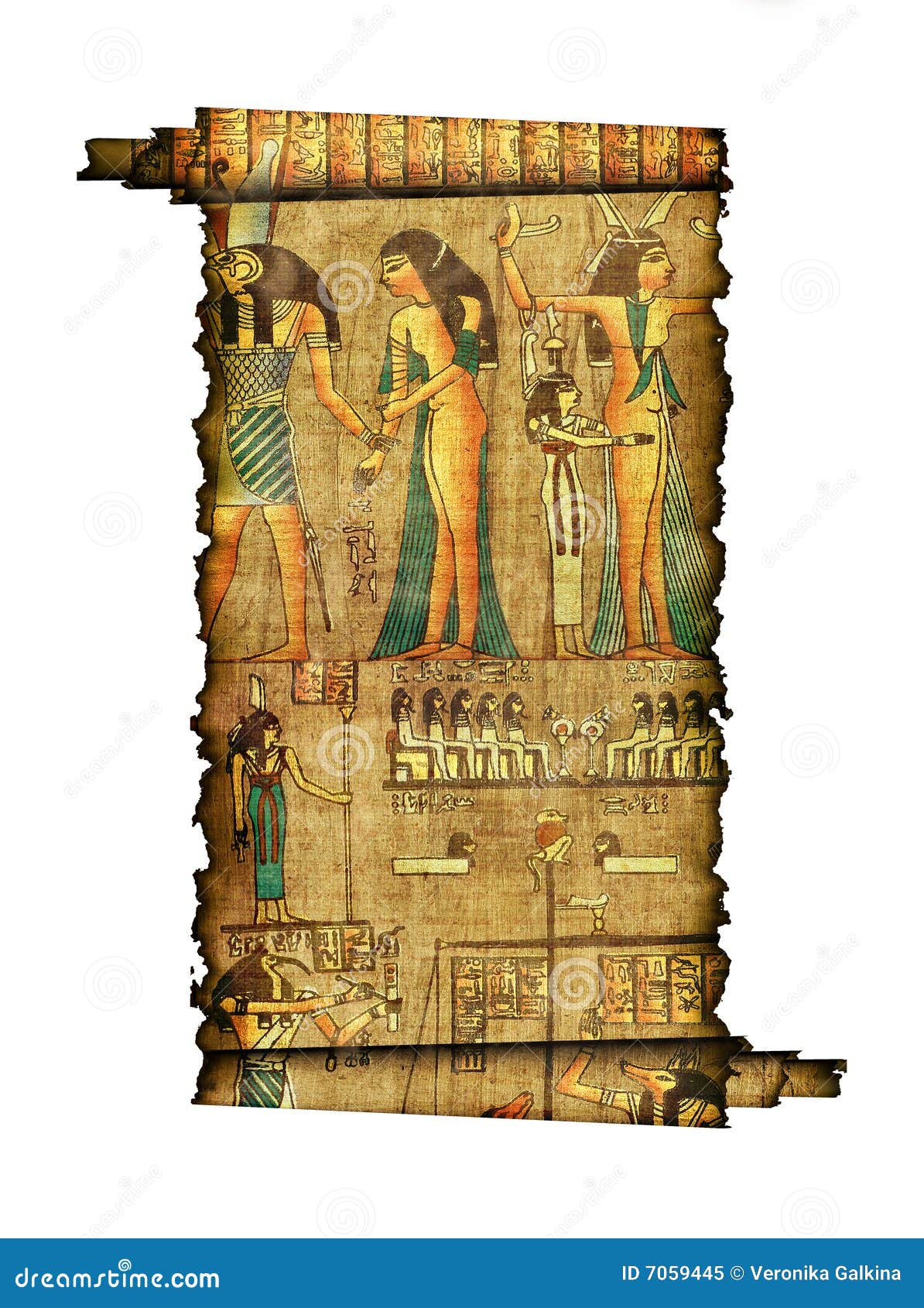

Since boats made of wood were costly, everyday vessels-the thousands, even millions of small craft that were the work boats of ordinary souls-had to be made of cheap, reliable stuff. Today from satellite images, arable land in the Nile Valley is seen as a long green swath running the length of Egypt, with a bright blue river running down its center reminding everyone that if they intended to travel from one end of the country to the other, the message was clear: use a boat. From 5000 BC, well before the first wooden boats, it probably occurred to most Egyptians that travel by water was a must. Butzer, during late Paleolithic times the great bulk of early settlements were concentrated in the floodplains on the levees and the immediate riverbanks of the Nile. No other place on Earth has been in continuous cultivation for so long.”Īccording to Dr. “Fundamentally … the system sustained an advanced civilization through numerous political upheavals and other destabilizing events over some 5,000 years. Sandra Postel, Director of the Global Water Policy Project, said that overall, Egypt’s system of basin irrigation proved inherently more stable from an ecological, political, social, and institutional perspective than that of any other irrigation-based society in human history, including the Fertile Crescent of Mesopotamia where a fallow year had to be interposed to rest the land between harvests on land that was also subject to salinization, something that did not happen along the Nile.

This they did using a system that was the envy of all. It was the everyday business of the ancient Egyptians to produce food. By any standard the scale of achievement was enormous, but through it all, it seems clear that the economy remained rooted in agriculture. Excerpted from “Papyrus: The Plant That Changed the World: From Ancient Egypt to Today's Water Wars”


 0 kommentar(er)
0 kommentar(er)
